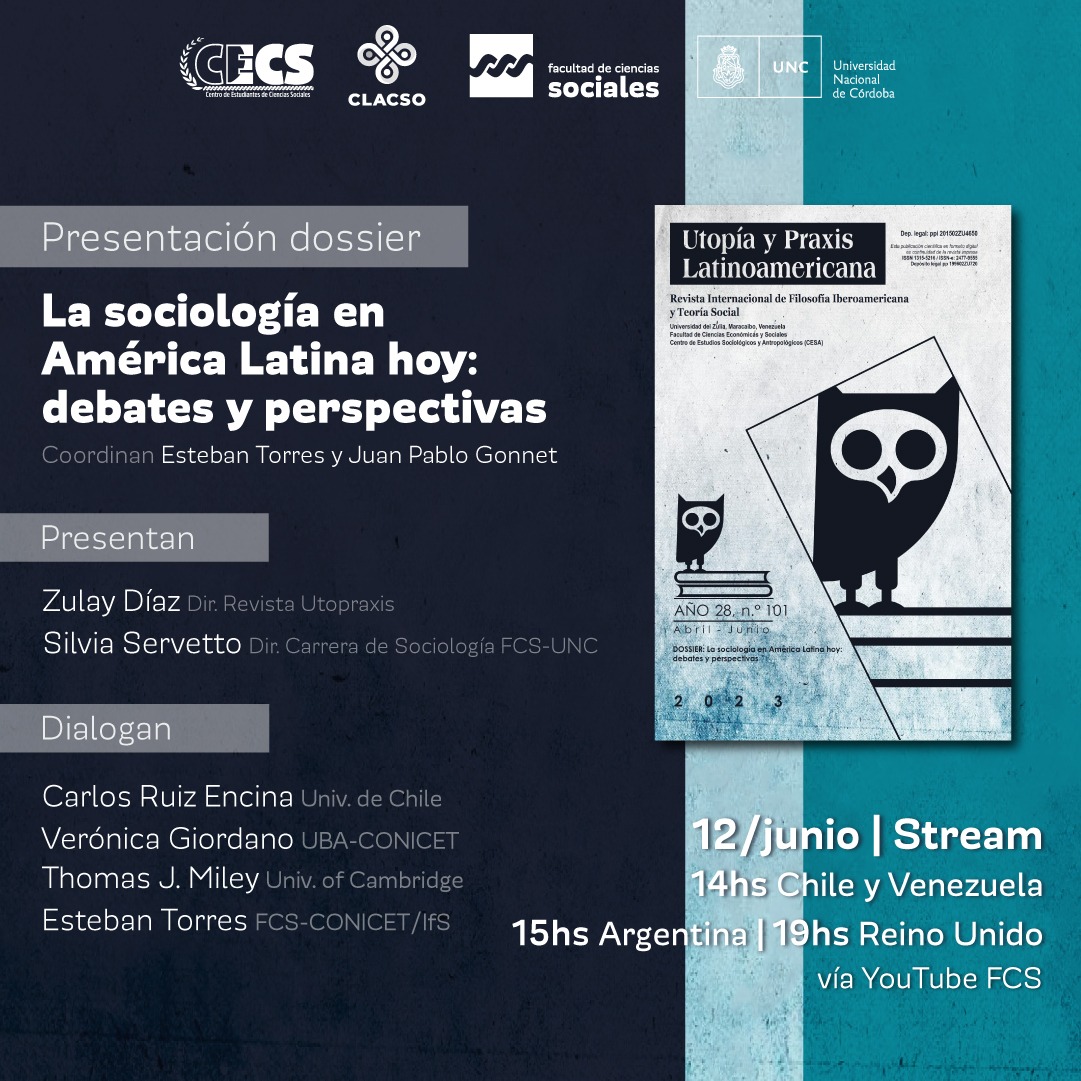Applying Interpretive Structural Modeling and MICMAC Analysis to Evaluate Inhibitors to Transparency in Humanitarian Logistics
Resumen
ABSTRACT
The main purpose of this study is to identify the variables for the lack of transparency in humanitarian logistics (HL) and to determine their mutual relationship. The interpretive structure modeling (ISM) method was applied to extend a hierarchy-based model of the identified variables. The study makes two key contributions: the variables that can be reflected as inhibitors to transparency in HL are determined, and the ISM methodology is used to determine the group of variables that have full control, low reliance and strategic importance. The study findings are beneficial for all stakeholders of disaster risk reductions.
Citas
AHMEDA, Z (2013). "Disaster risks and disaster management policies and practices in Pakistan: Acritical analysis of Disaster Management Act 2010 of Pakistan". International Journal of Disaster risk management. Queen Mary, University of London, UK.
ANAYA-ARENAS, AM, RENAUD, J & RUIZ, A (2014). "Relief distribution networks: a systematic review". Annals of Operations Research, 223(1), pp. 53-79.
ANJOMSHOAE, A, HASSAN, A, KUNZ, N, WONG, KY & DE LEEUW, S (2017). "Toward a dynamic balanced scorecard model for humanitarian relief organizations’ performance management". Journal of Humanitarian Logistics and Supply Chain Management, 7(2), pp. 194-218.
BARAIBAR‐DIEZ, E, ODRIOZOLA, MD, & FERNÁNDEZ SÁNCHEZ, JL (2017). "A Survey of Transparency: An Intrinsic Aspect of Business Strategy". Business Strategy and the Environment, 26(4), pp. 480-489.
BEALT, J & MANSOURI, SA (2017). "From disaster to development: a systematic review of community‐driven humanitarian logistics". Disasters.
BEAMON, BM & BALCIK, B (2008). "Performance measurement in humanitarian relief chains". International Journal of Public Sector Management, 21(1), pp. 4-25.
FAISAL, MN (2010). "Analysing the barriers to corporate social responsibility in supply chains: an interpretive structural modelling approach". International Journal of Logistics: Research and Applications, 13(3), pp. 179-195.
GOULD, JE, MACHARIS, C & HAASIS, HD (2010). "Emergence of security in supply chain management literature". Journal of Transportation Security, 3(4), pp. 287-302.
HEASLIP, G & BARBER, E (2014). "Using the military in disaster relief: systemising challenges and opportunities". Journal of Humanitarian Logistics and Supply Chain Management, 4(1), pp. 60-81.
KHAN, M & BAE, JH (2017). "The Environmental Perspectives of Apple Fruit Supply Chain Management in Chitral, Northern Pakistan". International Journal of Supply Chain Management, 6(4), pp. 1-16.
KHAN, M, LEE, HY & BAE, JH (2018). "Inward Foreign Direct Investment: A Case Study of Pakistan". Mediterranean Journal of Social Sciences, 9(5), p. 63.
KHAN, M, LEE, HY & BAE, JH (2019). "The Role of Transparency in Humanitarian Logistics". Sustainability, 11(7), p. 2078.
KHAN, M, YONG, LH & HAN, BJ (2019a). "Emerging Techniques for Enhancing the Performance of Humanitarian Logistics". Int. J Sup. Chain. Mgt, 8(2), p. 450.
KHAN, M, YONG, LH & HAN, BJ (2019b). "A Systematic Review of Performance Enhancement of Humanitarian Logistics through Transparency: Current Status and Perspectives". Int. J Sup. Chain. Mgt, 8(2), p. 549.
LARREA, O (2013). "Key performance indicators in humanitarian logistics in Colombia". IFAC Proceedings Volumes, 46(24), pp. 211-216.
MOHAMMADI, S & YEKTA, P (2018). "The Effect of Emotional Intelligence on Job Satisfaction among Stuff Nurses in Intensive Care Units". Journal of Social Sciences and Humanities Research, 6(02), pp. 1-7.
PARK, H & BLENKINSOPP, J (2011). "The roles of transparency and trust in the relationship between corruption and citizen satisfaction". International Review of Administrative Sciences, 77(2), pp. 254-274.
PARRIS, DL, DAPKO, JL, ARNOLD, RW & ARNOLD, D (2016). "Exploring transparency: a new framework for responsible business management". Management Decision, 54(1), pp. 222-247.
SCARPIN, MRS & DE OLIVEIRA SILVA, R (2014). "Humanitarian logistics: empirical evidences from a natural disaster". Procedia Engineering, 78, pp. 102-111.
TURNES, PB & ERNST, R (2015). "A framework for transparency in international trade". Investigaciones Europeas de Dirección y Economía de la Empresa, 21(1), pp. 1-8.
VITORIANO, B, ORTUÑO, MT, TIRADO, G & MONTERO, J (2011). "A multi-criteria optimization model for humanitarian aid distribution". Journal of Global Optimization, 51(2), pp. 189-208.
WEHMEIER, S & RAAZ, O (2012). "Transparency matters: The concept of organizational transparency in the academic discourse". Public Relations Inquiry, 1(3), pp. 337-366.












